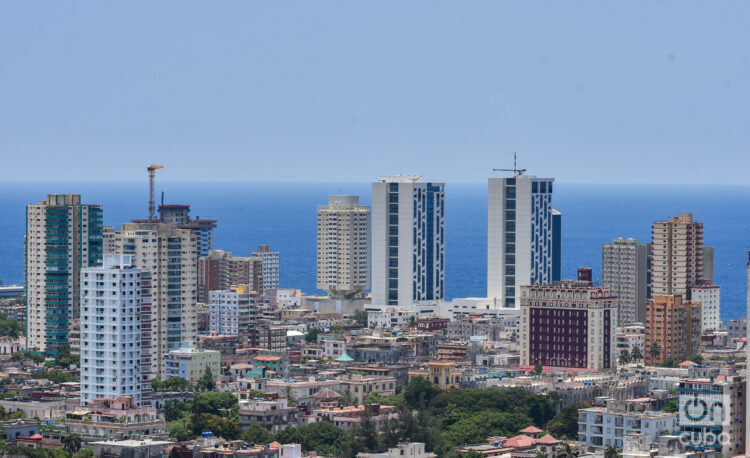On the occasion of the architect’s day being celebrated in Cuba on March 13, the date on which the College of Architects of Havana was established in 1916 and on which, 41 years later, the architecture student José Antonio Echeverría was murdered by the Batista police, numerous cultural activities have been carried out aimed at recovering the marginal role that architectural activity has been receiving in the country.
Talking about architecture is not only discussing the value of the projected or built work, but also reflecting on the conditions in which this practice is carried out. Who projects, how, for what, for whom? Under what conditions is it carried out in Cuba today? Are these the same when the client is the State or the private sector? There are many reflections that we owe ourselves.
There is no doubt that the decision to authorize the free sale of homes in 2011 changed the panorama in Cuban cities. From there, the real estate market emerged and increased sharply, a growing demand for architectural projects for renovations and construction rehabilitations began to be expressed, and the so-called architecture studios began to multiply, created mostly by young graduates, without clear legal coverage, but they were becoming more and more organized.
Already in February 2018, a Facebook page appeared in the name of Group of Cuban Architecture Studios (GECA, Grupo de Estudios Cubanos de Arquitectura) and the following year a base section was established in the UNAICC (National Union of Architects and Construction Engineers) in order to institutionally cover in some way the growing activity of these studios.
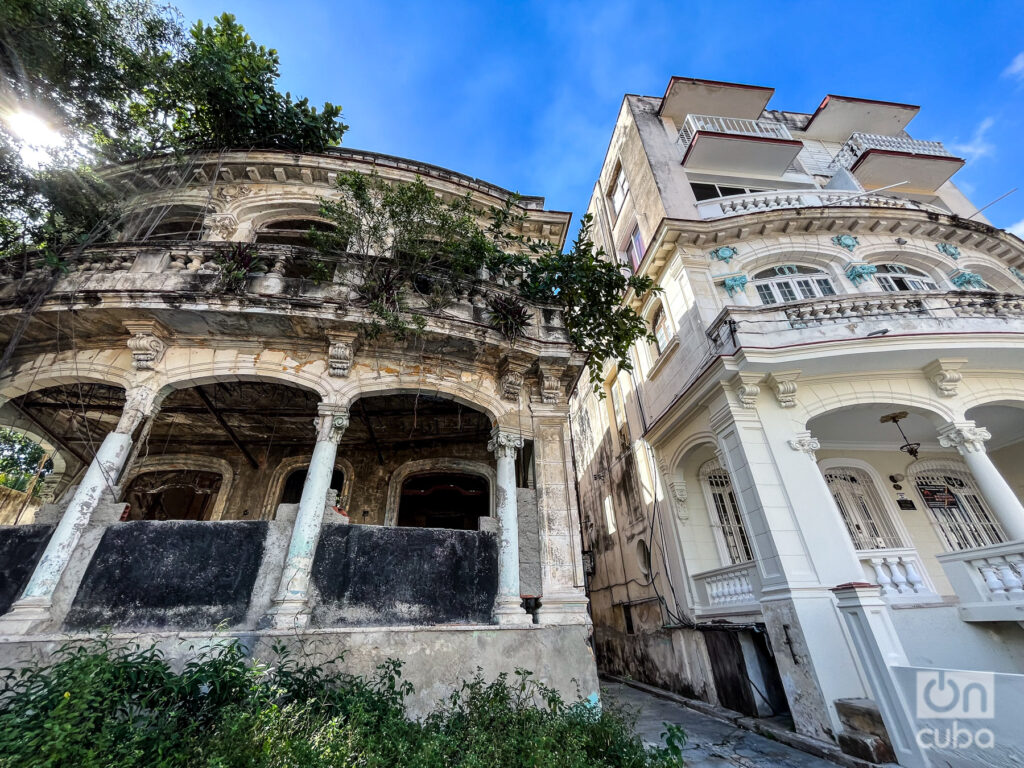
In July 2020, the Ministry of Economy and Planning (MEP) announced an immediate reorganization of the private sector— timidly baptized as a “resizing of the non-state sector” —which created great expectations about the possibility of finally independently practicing professionally. The announcement that the list of permitted activities would be revised to limit it to only prohibited activities raised hopes even further.
Letters began to be addressed to the President of the Republic and the Minister of Construction requesting recognition of independent practice (with respect to state enterprises) and in February 2021 the Minister of Construction summoned a group of GECA representatives to hear what they presented.
Two months later, and against all odds, at the 8th Congress of the Communist Party the Report to the Central Committee was read where it was stated verbatim:
Without even having implemented this important decision, the private practice of some professions has been demanded while the others are not allowed. It would seem that selfishness, greed and the desire for higher incomes provoke in some people the desire to begin a privatization process that would sweep away the foundations and essences of the socialist society built over more than six decades. Along these lines, in a short time the national education and public health systems would also be dismantled, both free and universally accessible to all Cubans.
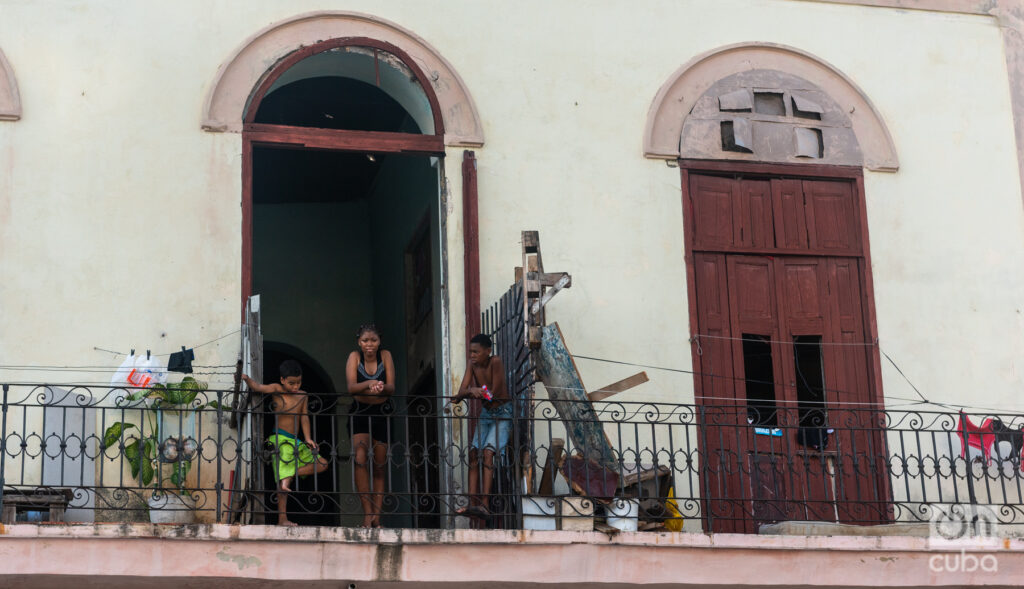
In effect, four months later, in August of that year, Decree 49 on unauthorized activities was published, which explicitly prohibited the non-state exercise of professional activities related to architecture and engineering.
The conflict between the enormous accumulated demand for architecture and its prohibition was evident. It was clear that the Revolution’s commitment to solving the housing problem had not been achieved.
In its most recent effort to resolve it, the Ministry of Construction (MICONS) had proposed a housing construction program since 2018, which aspired to build more than half a million new homes in ten years and also committed to rehabilitating more than 400,000.
The actual results to date are devastating: after six years only around half of what was planned has been built and in the state sector compliance does not even reach 25% of the plan in the last year.
This allows us to assume that a good part of the solution will have to continue to be assumed by the families themselves, who will require a specific architectural project. The response may not consist of the typical projects of large standardized and repetitive plans for new housing but rather individualized construction actions and, above all, rehabilitation.
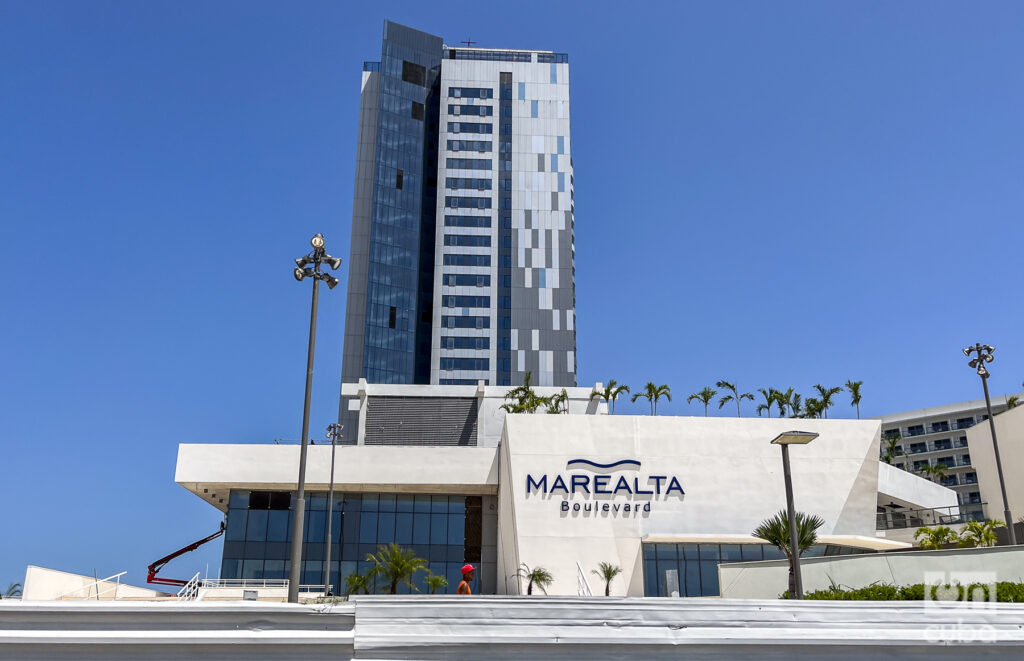
As if that were not enough, private economic activity often requires adaptations and remodeling of premises to carry out its productive or service activity and this also requires specific projects.
Concerned and occupied by this contradiction, in the aforementioned meeting in February 2021, the basis of the claims organized into six main points was presented to the Ministry of Construction:
- The inconsistency of allowing the private exercise of all construction activities except the initial, fundamental, architectural and engineering design.
- The expected volume of unmet project demand for new housing and other small projects not served by state enterprises. (A recent graduation thesis by young architects surveyed some 1,300 buildings built in Nuevo Vedado in the 1950s. It was found that this construction effort required the work of around 500 architects.)
- The importance of rehabilitation and the number of specific projects that will be necessary for that purpose.
- The confirmation of the low aesthetic and technical quality of improvised construction, without an architectural project, which is all too common at the moment. Hence the importance of recovering tenders and competitions.
- The very worrying and considerable exodus of young professionals (about half of the existing studios have dissolved and their members have left the country in recent years).
- The false incompatibility between private architecture and socialism. Just consult the Vietnamese Architectural Law and appreciate the quality of architectural works designed by independent professionals in that country.
At the aforementioned meeting, MICONS’ response was limited to repeating what was expressed above in the Report to the Congress of the PCC.
Given the refusal, a second letter was addressed to the minister requesting the rectification of Decree 49, signed this time by some 200 architects and engineers which, over time, would increase and in a few months would exceed 700 signatures from professionals from all the provinces of the country. It was not a group of exalted young architects, but among them we found a dozen winners of the National Prize for a Lifetime of Work, deans, university professors, senior researchers, doctors of science and numerous recognized professionals.
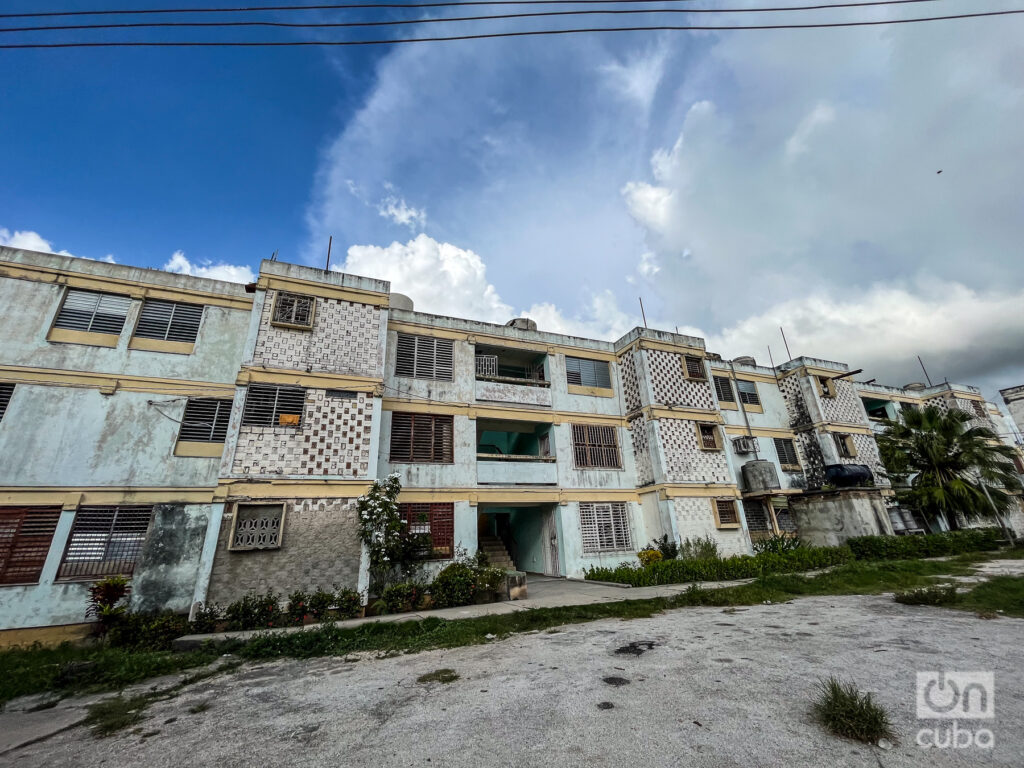
In September 2021, the Minister of Construction answered the demands briefly: for the moment it has been assessed that it is not advisable to authorize the exercise of new professional activities through non-state channels or independently….
Two additional meetings failed to unblock the situation. It was obvious that the refusal came from higher levels. The only solution proposal from the ministry consisted of the offer to establish state-run MSMEs (!), in which the partners were the municipal governments. Two and a half years later (March 2024) the ministry has not managed to establish a single one.
Taking advantage of this situation, the Office of the Historian of the city of Havana (OHCH) took the initiative to propose, as a state partner, the constitution of state architecture MSMEs to three pre-existing studios. One of them, h[r]g arquitectura, which had been practicing since 2011, agreed. The MSME was approved by the Ministry of Economy and Planning (MEP) in November 2022 and was constituted as such before a notary in May 2023, with the OHCH’s Restaura enterprise as a state partner. It is still the only one existing in the entire country today.
Upon confirming the futility of continuing exchanges with MICONS, numerous press articles were published in the following months making the situation known.
♦ Construcción privada sí, arquitectura privada no – Private construction yes, private architecture no (IPS)
♦ Arquitectura prohibida en una ciudad que cambia – Forbidden architecture in a city that changes (El Toque)
♦ La ciudad reclama arquitectura – The city demands architecture (OnCuba)
♦ Vietnam, Cuba y los arquitectos – Vietnam, Cuba and the architects (La Joven Cuba)
♦ Abel Tablada: “Sin cambios radicales, La Habana no se salvará” – Abel Tablada: “Without radical changes, Havana will not be saved” (OnCuba)
♦ El sector privado en Cuba reclama una reforma real de la economía – The private sector in Cuba demands a real reform of the economy (El País, Spain)
♦ La arquitectura cubana no puede perder más tiempo – Cuban architecture cannot waste any more time (La Joven Cuba)
The only state media that referred to the issue was Bohemia magazine, but only to publicize the opinions of a deputy minister of the MEP.
Simultaneously, during the year 2022, numerous explanatory letters were addressed to all the institutions related to the dispute: the offices of the Presidency and the Prime Minister, the Ministries of Construction, Economy and Planning, Culture, Labor, the Union of Writers and Artists of Cuba (UNEAC), the UNAICC…. None were answered.
Given the announcement of the celebration of the UNAICC Congress in January 2023, an effort was carried out in numerous grassroots sections to raise the various approaches to that body. These were heard, but they were diluted in the Congress resolutions and nothing changed (except the agreement to activate the Registry of Construction professionals).

After more than three years of effort, there is no choice but to confirm the futility of the efforts. Neither the meetings with the ministry, nor the letters to the authorities, nor the press campaign, nor the proposals in the UNAICC Congress, had the expected results. At all times, the forms, due institutional respect, and the detailed substantiation of the proposals were taken care of. In March 2022, a detailed 32-page document was delivered to MICONS with the “Proposals for the exercise of Architecture from Non-State Forms of Management,” prepared by GECA with the advice of the AUGE Consulting Firm. It also had no response. It was to no avail.
What situation are we in almost four years after the start of this already long battle?
The economic and construction context is extremely precarious. In the cities, only buildings intended for tourism stand out. The housing situation is very difficult and it is increasingly risky to advance analyzes and proposals due to the practical absence of information on the matter.
Both the ONEI (National Office of Statistics and Information) and the Housing Department do not produce relevant statistics; the Population and Housing Census is postponed for now until 2025; the essential results of the urban cadastre are already delayed by almost ten years; and added to this is the delay and lack of transparency in the drafting of the new Housing Law, postponed several times.
Political and administrative silence, as well as that of the media, cannot be the answer to an unresolved conflict of such importance for our cities.
We are sure that one day authorization will come, as has happened with many other absurd prohibitions, but each day that passes increases the social and economic costs: the increasingly accentuated degradation of cities and their built heritage and that of a considerable professional exodus. A review of Decree 49 was recently announced for the beginning of this year. Will good judgment and realism prevail?

